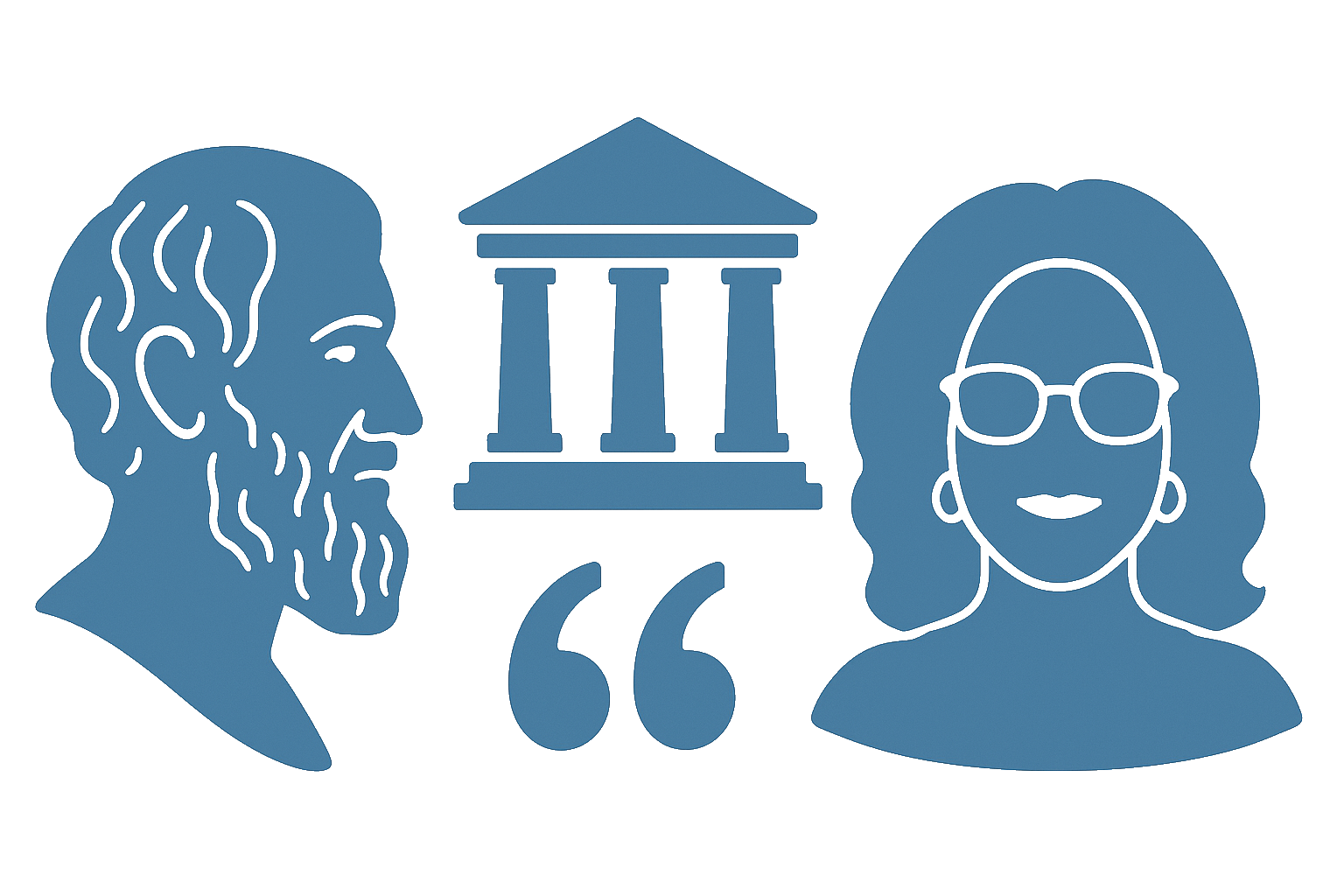Quick Overview:
Playing music in your store is more than just a way to set the mood—it’s an integral part of the customer experience. However, many business owners are unaware of the legal intricacies involved in streaming music for public enjoyment. Personal streaming services such as Spotify, YouTube, and Apple Music do not grant the rights for public performance. This article dives deep into the differences between personal and commercial use, the licenses needed, and how businesses can comply with music licensing laws to avoid fines or legal action.

Common Questions & Answers:
-
Can I use my personal Spotify account for background music in my shop?
No, personal accounts on platforms like Spotify or Apple Music are intended for private, non-commercial use. These terms explicitly state that using them for public or business settings is a violation, as they do not cover performance rights required for businesses. -
What type of license do I need to play music in my store legally?
Businesses must secure a license from one or more performing rights organizations (PROs) such as ASCAP, BMI, or SESAC. Each PRO represents a different catalog of music, so obtaining licenses from multiple organizations ensures broader song coverage. -
What are public performance rights, and why are they important?
Public performance rights allow a business to play music in a setting where the public can hear it. These rights ensure that songwriters and artists receive compensation when their music is used commercially. -
Is radio exempt from licensing laws?
Small businesses using traditional radio broadcasts may qualify for exemptions under the law if they meet specific criteria, such as size limitations and speaker configurations. However, streaming radio stations often fall under different licensing rules. -
What happens if I play music without a license?
If a business is caught playing unlicensed music, it can face fines that range from several hundred to thousands of dollars per song. Licensing organizations actively pursue cases of non-compliance and often conduct random checks.

Step-by-Step Guide:
-
Review the Terms of Use for Streaming Services: Read through the user agreements of services like Spotify, Apple Music, and YouTube to understand their limitations for commercial use. Note that most personal accounts do not grant the right to play music for a public audience.
-
Understand the Scope of Public Performance Rights: Research public performance rights and the importance of licensing through PROs such as ASCAP, BMI, and SESAC. These organizations distribute royalties to artists and composers, ensuring fair compensation.
-
Choose a Business-Specific Music Service: Services like Soundtrack Your Brand, Rockbot, and Mood Media cater to commercial environments and include the necessary licensing within their subscription packages.
-
Secure Licenses from Relevant PROs: If your playlist includes a variety of songs that span different PROs, ensure you have coverage from ASCAP, BMI, and SESAC to avoid gaps in compliance.
-
Install an Appropriate Sound System: If your business is using a radio exemption or licensed streaming service, set up a sound system that fits the legal limitations, such as speaker configurations that comply with exemption criteria.
-
Keep Documentation for Proof: Maintain copies of licensing agreements and service subscriptions in an accessible place. This ensures you're prepared if a licensing organization inspects your business.
-
Regularly Review Your Compliance: As licensing laws and music platforms update their terms, revisit your agreements to ensure your business remains compliant.
End the guide by suggesting businesses schedule a consultation with legal or music compliance experts like Devin Miller for further tailored strategies.
Historical Context:
The concept of music licensing has evolved significantly over the last century. In the early 20th century, music was primarily performed live, and rights issues were limited to large venues and radio stations. The establishment of the American Society of Composers, Authors, and Publishers (ASCAP) in 1914 marked the beginning of an organized effort to collect royalties for public performances. This move set the stage for later organizations like BMI (1939) and SESAC (1930), which expanded the scope of licensing to cover radio, television, and eventually digital streaming services.
In the 21st century, music became ubiquitous in cafes, stores, and other commercial spaces, leading to stricter enforcement of public performance rights. Advances in technology made it easier to monitor and track music use in public settings, resulting in more businesses being held accountable for unauthorized use. The rise of digital streaming services further complicated licensing as new platforms had to negotiate with PROs to distribute royalties fairly.

Business Competition Examples:
-
Starbucks: The coffee giant customizes its playlists through proprietary services and has licensing agreements with PROs to play music that fits its brand. This strategic use of music creates a distinctive customer experience while ensuring compliance.
-
Retail Clothing Chains: Stores like H&M and Zara use licensed background music to keep customers engaged. These retailers often work with companies like Mood Media to create branded playlists that align with their image while covering legal bases.
-
Boutique Shops: Small boutiques often opt for services like Soundtrack Your Brand or Rockbot, which are tailored for businesses and come pre-licensed. These solutions allow shops to curate music playlists that appeal to their target demographic without risking fines.
-
Fitness Centers: Gyms and fitness studios rely heavily on music to energize their clients. Franchises like OrangeTheory and Planet Fitness ensure they have robust agreements with PROs or use streaming services designed for public performance.

Discussion:
Playing music in a commercial setting is more complex than pressing play on a playlist. Music not only sets the tone for your customers' shopping experience but can subtly influence their behavior. Studies show that background music can impact how long customers stay in a store and how much they spend. Despite its benefits, playing unlicensed music can turn into a financial burden if not approached correctly.
Music licensing fees are essential for compensating artists and composers, but many business owners argue these fees are restrictive, particularly for smaller shops. This creates a delicate balance between fostering an inviting atmosphere for customers and maintaining budget-friendly operations. Although some businesses are tempted to bypass licensing laws, the risks often outweigh the benefits. Random inspections by licensing organizations can result in significant fines and harm a business’s reputation.

The Debate:
Pro-Licensing Argument: Licensing ensures fair payment to artists and creators who invest time and resources into their work. Businesses benefit from using music to create a pleasant environment, so it is fair to contribute to the ecosystem that supports artists.
Anti-Licensing Argument: Small business owners often find music licensing fees prohibitively expensive. For new or struggling businesses, the costs can outweigh the perceived benefits, leading to challenges in creating a vibrant atmosphere without incurring additional expenses.

Takeaways:
- Personal streaming accounts do not cover commercial use; using them can result in significant penalties.
- Licenses from ASCAP, BMI, or SESAC are necessary for playing copyrighted music in public spaces.
- Business-specific streaming services like Soundtrack Your Brand include built-in licensing for worry-free music use.
- Failing to obtain proper licenses can lead to hefty fines, potentially reaching thousands of dollars per song.
- Licensing fees may feel like a burden, but they support the sustainability of the music industry and ensure artists are fairly compensated.

Potential Business Hazards:
- Fines and Legal Penalties: Businesses caught playing unlicensed music can face fines ranging from hundreds to thousands of dollars per song. These penalties can quickly add up and result in unexpected financial strain.
- Reputation Damage: Publicized legal battles over music licensing can harm a brand’s image, deterring potential customers.
- Operational Disruption: Receiving cease-and-desist orders can force a business to pause or change its in-store ambiance, disrupting the customer experience.
- Complex Compliance Requirements: Keeping track of which songs fall under which PROs can be complicated. Without proper guidance, businesses may inadvertently violate terms and face consequences.

Myths and Misconceptions:
-
“Music from YouTube is free to use for my shop.”
False. While music is free to stream privately, public performance rights still apply. Using YouTube for customer-facing areas without a license is a violation. -
“Small businesses don’t get caught.”
False. Licensing organizations have expanded their monitoring efforts, targeting businesses of all sizes. No shop is too small to be checked for compliance. -
“Background music is exempt from licensing laws.”
False. Regardless of volume, any music played in a public space requires licensing. -
“The radio exemption covers any public broadcast.”
False. The exemption applies only under specific conditions, such as business size and the type of equipment used. Streaming radio online often does not qualify.

Book & Podcast Recommendations:
- “This Business of Music” by M. William Krasilovsky: A comprehensive guide that breaks down the intricacies of music rights and how they apply to businesses.
- “Music Licensing Simplified” podcast: A practical audio series covering real-world stories and advice for small businesses trying to navigate music licensing laws.
- “The Copyright Handbook” by Stephen Fishman: Provides an overview of copyright laws, including music licensing, and how businesses can comply.
- “Music and Copyright in America” by Kevin Parks: An insightful book that looks into the evolution of music licensing and its modern applications.

Legal Cases:
-
ASCAP vs. Joe’s Café: A small café owner faced a fine after playing popular music from a personal streaming service. The case highlighted that even minor infractions could result in significant financial consequences.
-
BMI vs. A Retail Store: This case involved a retailer that used background music without obtaining a license. The resulting fine emphasized the importance of thorough compliance checks for all public music use.
-
SESAC vs. Fitness Studio: A yoga studio was found liable for playing unlicensed music during classes. The case underscored that even wellness centers are not exempt from licensing requirements and must ensure they are using properly licensed music.

Wrap Up:
Playing music for customers can enhance the shopping experience but comes with legal responsibilities. Ensuring proper licensing protects your business from costly fines and supports the creative community. Be proactive, research the best music licensing solutions, and stay compliant to create a positive and legal in-store atmosphere.













